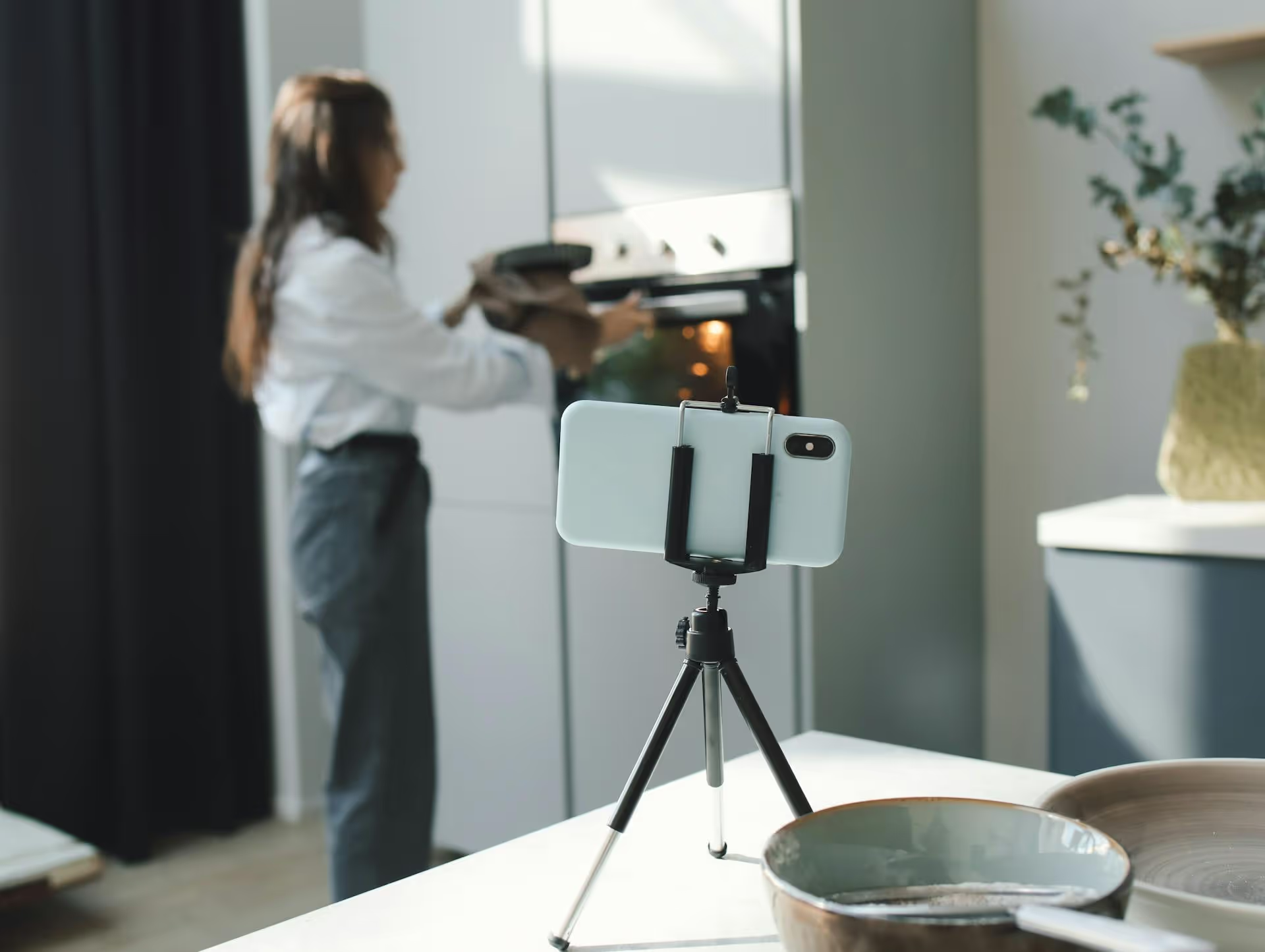How to Add Social Media Icons to an Email Signature
Enhance your email signature by adding social media icons. Discover step-by-step instructions to turn every email into a powerful marketing tool.

Hitting post on Instagram and just hoping people see it isn't a sustainable strategy for growth. Creating a post that gets a flood of likes, comments, and shares - the kind that lands you on the Explore page - is less about luck and more about a repeatable process. This guide will walk you through the essential ingredients for making top-performing content, from the initial idea to well after you've published.
Before you even open your camera app, the best posts start with a clear plan. Viral content might seem random, but beneath the surface, it's almost always targeted, intentional, and built on a solid strategic foundation.
You can't create a "top post" if you don't know who you're trying to reach. A post about advanced weightlifting techniques might be a top performer for a fitness coach's audience, but it would completely miss the mark for an account focused on beginner-friendly yoga. Your goal isn't to go viral with everyone, it's to create content that feels like a must-see for your specific community.
Here's how to get clear on your audience:
When you know who you are talking to, making decisions about content, tone, and topics becomes infinitely easier.
Every single piece of content you create should have a single, primary job. Trying to make a post that is educational, funny, inspirational, and also sells a product is a recipe for a confusing mess that accomplishes none of those things. Before you start creating, pick one goal.
Your post's job could be to:
By picking one job per post, you create a much clearer and more powerful piece of content that your audience knows exactly how to react to.
Once you've got your strategy sorted, it's time to build the post itself. The most successful posts all share a few common structural elements designed to grab attention and hold it.
You have less than three seconds to convince someone to stop scrolling. If your opening doesn't immediately signal value or intrigue, they're gone. Your hook is the most important part of your entire post.
A great visual earns you the pause, a great caption earns you the engagement. Weak captions like "Happy Friday!" or "Another beautiful day" are missed opportunities. Use the caption to provide context, tell a story, or encourage interaction.
While strategy and captions matter, Instagram is still a visual platform. Your content needs to look good. Today, that mostly means excelling at video and multi-slide formats.
The Instagram algorithm isn't a mysterious force working against you. It's simply a system designed to show people more of what it thinks they want to see. Your job is to send all the right signals that your content is what people want.
Copy-pasting 30 generic, oversized hashtags like #love or #business won't help you. The goal of hashtags is to help Instagram categorize your content and show it to people interested in that specific topic. A better approach is to use a mix of specific, niche tags.
Think in Tiers:
Instagram search functionality is getting smarter every day. People are searching for terms, not just hashtags. Your profile and your posts need to be optimized for search. Think about what words someone would type into the search bar to find you or your content, and weave those keywords naturally into:
Essentially, clearly state what you do and what your content is about, and the algorithm will have an easier time recommending you to the right people.
Your work isn't done when you hit that blue "Share" button. In fact, what you do in the first hour after publishing can have a huge impact on your post's overall reach.
The algorithm is paying close attention to the engagement your post receives right after it goes live. A flood of early likes, comments, saves, and shares signals that your content is a hit, prompting Instagram to show it to even more people. Here's how to stoke that early fire:
Creating a top post on Instagram isn't about finding a single magic trick or a secret hashtag. It is the result of consistently applying a smart strategy: understanding your audience, creating high-value visuals and captions, and actively engaging with your community.
Once you nail down these strategies, the last and often toughest part is executing consistently without falling behind or burning out. At Postbase, we designed our visual content calendar specifically to solve this problem. It allows you to plan your grid, craft your posts, and see your entire multi-platform strategy in one clean view. Because it was made for the way people use social media today, it handles Reels, Shorts, and other video formats perfectly, so you can schedule everything reliably and get back to what you do best: creating great content.
Enhance your email signature by adding social media icons. Discover step-by-step instructions to turn every email into a powerful marketing tool.
Learn how to add your Etsy link to Pinterest and drive traffic to your shop. Discover strategies to create converting pins and turn browsers into customers.
Grant access to your Facebook Business Manager securely. Follow our step-by-step guide to add users and assign permissions without sharing your password.
Record clear audio for Instagram Reels with this guide. Learn actionable steps to create professional-sounding audio, using just your phone or upgraded gear.
Add translations to Instagram posts and connect globally. Learn manual techniques and discover Instagram's automatic translation features in this guide.
Optimize your Facebook Business Page for growth and sales with strategic tweaks. Learn to engage your community, create captivating content, and refine strategies.
Wrestling with social media? It doesn’t have to be this hard. Plan your content, schedule posts, respond to comments, and analyze performance — all in one simple, easy-to-use tool.